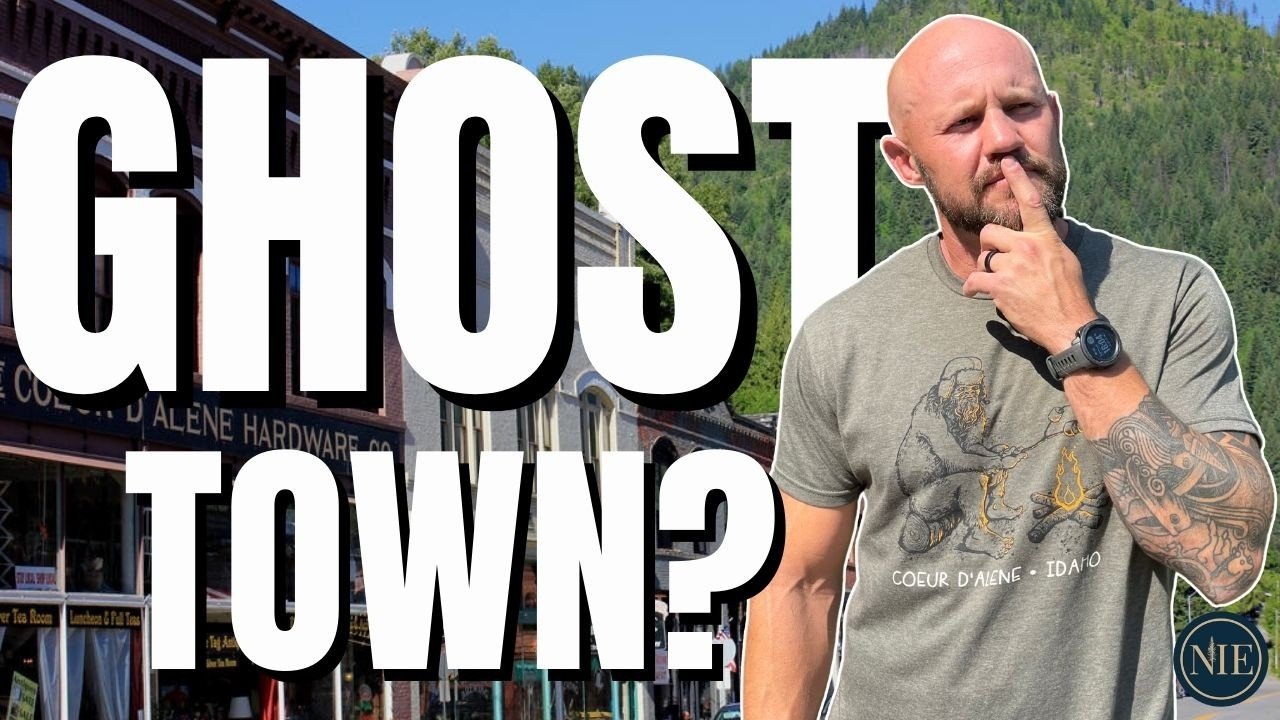Why Your Grocery Bill Is Rising: A Local Rancher’s Take on Beef Prices + Food Shortages
If you’ve felt the sting at the checkout line lately, you’re not alone. Grocery bills are skyrocketing—and beef is leading the charge. In a recent episode of the North Idaho Experience podcast, we sat down with Jason Hanley of Acme Acres Ranch in Spirit Lake to talk about what’s driving the cost of food, why beef prices are climbing fast, and how North Idaho locals can prepare for what’s coming.
The Rising Cost of Beef Starts With Calves
Jason has over 40 head of cattle on his family ranch, where they raise grass-fed, grass-finished beef. Recently, he’s seen calf prices double at auction. Where a 700–800 lb calf used to cost around $1,200, it’s not uncommon to see the same animal selling for $2,500 today.
Why the jump?
Many ranchers culled their herds during the shutdowns of 2020. Processing bottlenecks and butcher facility closures forced hard decisions. Some ranchers took their cows in for slaughter early, making short-term profits but leaving long-term gaps. Now, there’s a shortage of “mama cows” to produce new calves—resulting in tighter supply and higher demand.
“We’ve got lots of ranchers that are just gone,” Jason explains. “They quit. It was brutal.”
That ripple effect means beef prices in North Idaho and across the country will continue to climb in the coming months.
Why Store-Bought Beef Might Not Be What You Think
Not all beef is created equal. In the podcast, Jason breaks down the difference between local beef and what you find on the grocery store shelf. While many consumers think they’re buying U.S.-raised meat, that’s not always the case. Thanks to loopholes in labeling laws, imported beef can be processed in the U.S. and labeled “Product of USA.”
He emphasizes the value of buying local beef in North Idaho—not just for quality, but for transparency and trust.
Want to skip the mystery meat? Buy a half cow from a North Idaho rancher.
Egg Prices, Food Security + the Rural Revival
It’s not just beef. Egg shortages and skyrocketing prices are making headlines too. Jason attributes much of this to mass culling practices and centralized food systems that are easily disrupted.
He believes the solution starts locally—with more families getting back to basics.
“I call it the Rural Revival. Whether you’ve got 50 acres or a city lot with three chickens, that’s real wealth.”
From raising backyard chickens to starting small gardens, North Idahoans are rediscovering the value of producing their own food. Jason says it’s not just about saving money—it’s about building food resilience and community.
Listen, Watch, Read






Your Guide to Idaho’s Best-Kept Secrets
Join our email list for exclusive insights, local tips, and the latest listings. Get closer to the Idaho lifestyle you’ve been dreaming of. Sign up today!











